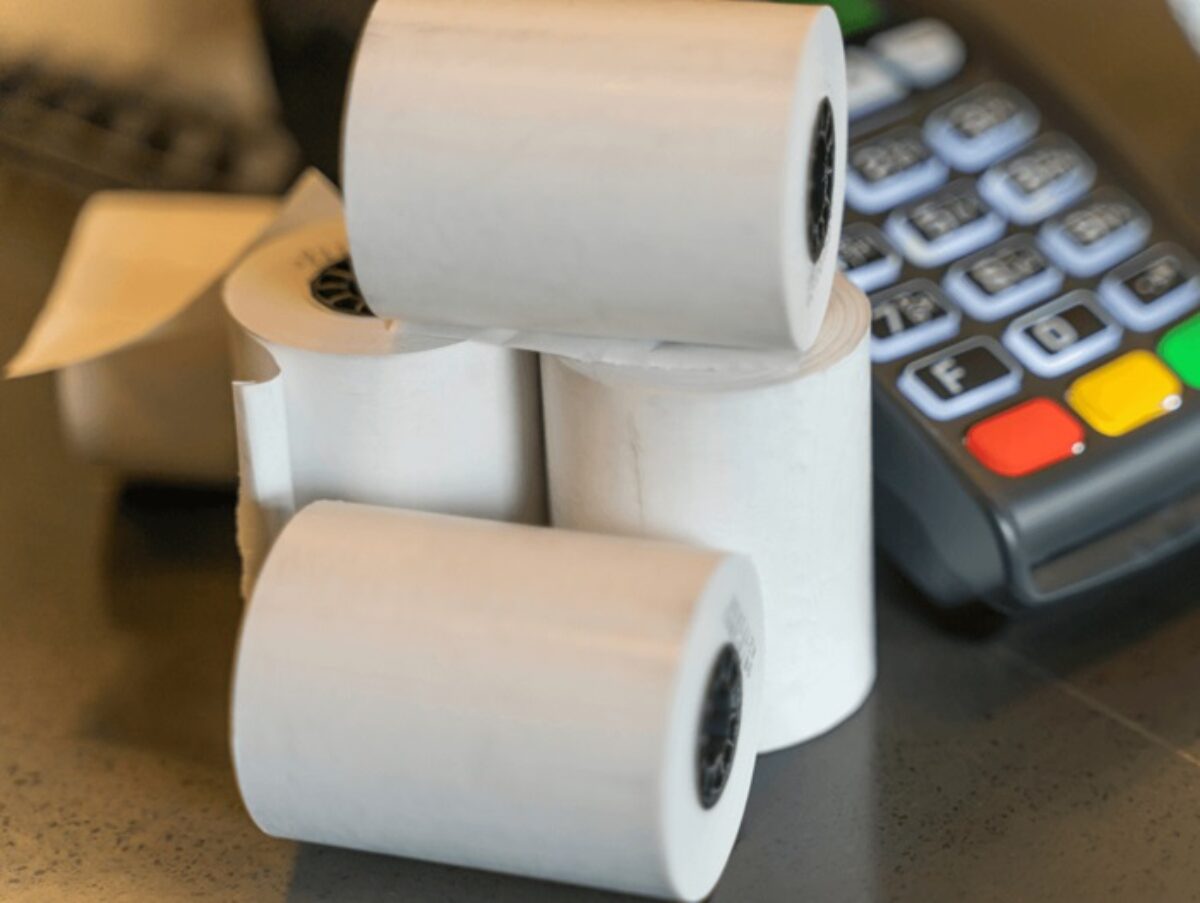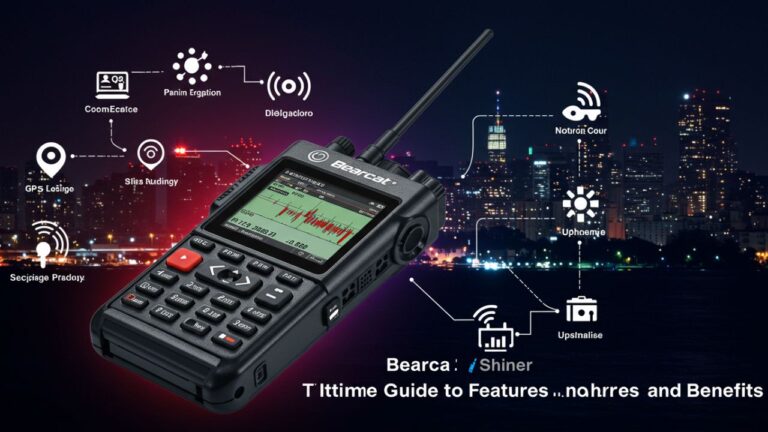Everything You Need to Know About Thermal Paper
Thermal paper is a special type of paper that plays an important role in our daily lives, often without us even noticing it. Every time you receive a receipt from a store, use a parking ticket machine, or get a label printed at a courier service, there’s a good chance that thermal paper was used. It is designed to react to heat, which means it does not require ink or toner to produce text or images. This makes it efficient, cost-effective, and widely used in many industries.
What Is Thermal Paper?
Thermal paper is a fine, smooth paper that is coated with a special chemical layer. This coating is sensitive to heat. When the paper passes over a heated print head inside a thermal printer, the coating changes color — usually turning black — in the areas where the heat touches. This process creates clear images or text without the need for traditional ink.
The coating on thermal paper is made of dye and a developer. These chemicals react when heat is applied, producing the desired print. This unique design makes printing fast and clean, which is why thermal paper is preferred for receipts, tickets, and labels.
How Does Thermal Paper Work?
Thermal paper works through a process called thermal printing. Here’s a simple step-by-step explanation:
- The Paper Is Loaded: The thermal paper roll is placed inside the printer.
- Heat Is Applied: The printer’s thermal head applies controlled heat to the surface of the paper.
- Chemical Reaction: The coated surface reacts to the heat and changes color (usually to black or blue).
- Image Appears: The result is a clear printout of text, barcodes, or graphics.
Because no ink or ribbon is required, this method is clean and low-maintenance. It also makes the printing process faster than traditional printing methods.
Types of Thermal Paper
There are two main types of thermal paper used around the world, each with a specific purpose.
1. Direct Thermal Paper
This is the most common type. It reacts directly to heat, which makes it simple to use and maintain. Direct thermal paper is used in most point-of-sale (POS) systems, ATMs, and cash registers. However, the print on this type of paper can fade over time if exposed to heat, light, or moisture.
2. Thermal Transfer Paper
In this method, a ribbon coated with wax or resin is used along with the paper. Heat from the print head melts the coating from the ribbon, transferring the image onto the paper. Thermal transfer paper prints last much longer and resist fading, which is why they are used for shipping labels, barcodes, and long-term records.
Common Uses of Thermal Paper
Thermal paper is found in many industries because it offers speed, clarity, and reliability. Some of the most common applications include:
1. Retail Receipts
Most stores use thermal printers to print receipts. They are fast, quiet, and require little maintenance.
2. Banking
ATMs and credit card machines rely on thermal paper to produce transaction slips and receipts.
3. Healthcare
Hospitals and clinics use thermal paper for patient reports, medical records, and prescription labels.
4. Transportation and Logistics
Tickets for buses, trains, and airlines are often printed on thermal paper. Shipping companies also use it for barcode labels and tracking stickers.
5. Entertainment and Events
Movie tickets, event passes, and amusement park tickets often use thermal printing because it’s efficient and cost-saving.
6. Office and Administration
In offices, thermal printers are used for printing labels, invoices, and documentation where quick output is needed.
Advantages of Using Thermal Paper
- No Ink or Toner Needed: Since thermal printing works with heat, it eliminates the cost and mess of ink cartridges or ribbons.
- Fast Printing: Thermal printers can print very quickly, making them perfect for busy environments.
- High Print Quality: The text and images are clear, sharp, and easy to read.
- Low Maintenance: Fewer moving parts mean less wear and tear on the printer.
- Cost-Effective: Over time, thermal printing saves money because there’s no need for extra printing supplies.
- Compact Equipment: Thermal printers are smaller and lighter than traditional printers, saving space.
- Quiet Operation: The process is silent compared to impact printers, making them ideal for retail counters.
Disadvantages of Thermal Paper
Despite its many benefits, thermal paper also has a few limitations:
- Fading Over Time: The print can fade when exposed to heat, sunlight, or humidity.
- Not Suitable for Archiving: Thermal paper is not ideal for records that must last for many years.
- Chemical Sensitivity: Some coatings contain chemicals like BPA (bisphenol A), though BPA-free alternatives are now widely available.
- Limited Color Printing: Most thermal papers produce only black or blue prints, though some multi-color options exist.
How to Store Thermal Paper Properly
To maintain the quality of thermal paper, proper storage is essential. Here are some tips:
- Keep It Cool and Dry: Store thermal paper in a cool, dark place away from direct sunlight.
- Avoid High Temperatures: Excessive heat can cause the coating to darken prematurely.
- Use Airtight Containers: If possible, keep unused rolls sealed in airtight bags to prevent moisture damage.
- Keep Away from Chemicals: Avoid contact with oils, plastics, or cleaning products that might react with the coating.
With the right storage conditions, thermal paper can last several years before printing, and the print can remain readable for a reasonable period.
How to Identify Thermal Paper
If you’re unsure whether a paper roll is thermal, here’s a simple test:
Scratch the surface of the paper with your fingernail or a coin. If a black mark appears, it is thermal paper. This happens because the heat from friction activates the coating on the paper.
Eco-Friendly Options
In recent years, more companies are switching to BPA-free and phenol-free thermal paper. These types of paper are safer for both people and the environment. They use alternative chemicals that do not release harmful substances, making them a responsible choice for businesses.
Some manufacturers also produce recyclable and biodegradable thermal paper, helping reduce waste and environmental impact.
Choosing the Right Thermal Paper
When selecting thermal paper, consider these factors:
- Paper Width and Roll Size: Match the paper size to your printer’s specifications.
- Print Longevity: If you need records to last longer, choose thermal transfer paper.
- Environmental Safety: Opt for BPA-free or phenol-free options.
- Quality and Thickness: Higher-quality paper offers sharper print and better durability.
- Brand Reliability: Trusted brands ensure consistent results and fewer printing problems.
Future of Thermal Paper
Technology continues to improve, and thermal paper remains an essential part of modern printing systems. Innovations are focusing on longer-lasting coatings, color printing, and eco-friendly materials. With growing demand in retail, banking, logistics, and healthcare, the use of thermal paper is expected to stay strong for many years to come.
Frequently Asked Questions (FAQs)
1. What is thermal paper made of?
Thermal paper is made of high-quality base paper coated with a mixture of dye and a heat-sensitive developer. When exposed to heat, this coating changes color to produce the printed image.
2. Can I recycle thermal paper?
Some types of thermal paper can be recycled, especially BPA-free or phenol-free varieties. However, coated papers with chemical layers are usually not suitable for standard recycling bins.
3. How long does thermal paper last?
If stored properly in a cool, dark, and dry place, unprinted thermal paper can last several years. The printed image usually remains clear for one to three years, depending on exposure to light and heat.
4. Is thermal paper safe to handle?
Modern thermal paper is generally safe, especially BPA-free types. Older versions containing BPA or BPS may pose minor risks with long-term exposure, but most manufacturers now use safer alternatives.
5. Can thermal paper print in color?
Standard thermal paper prints in black or blue. However, new versions with multi-layer coatings can produce limited colors, although they are less common and more expensive.
6. What are the common sizes of thermal paper rolls?
Thermal paper rolls come in various widths, such as 57mm, 80mm, and 110mm, depending on the printer model and application.
7. Why does my thermal paper turn black?
If your paper turns black without printing, it has likely been exposed to high temperatures or direct sunlight, which triggers the heat-sensitive coating.
8. How do I store thermal receipts?
Keep receipts in envelopes or boxes away from light, heat, and moisture. You can also scan or photograph important receipts for digital record-keeping.
9. Are all thermal papers the same?
No, they vary in coating quality, thickness, and chemical composition. Choosing the right type depends on your printer and intended use.
10. What industries use thermal paper the most?
Retail, banking, healthcare, logistics, and entertainment industries use thermal paper daily for receipts, labels, tickets, and transaction records.
Conclusion
Thermal paper is an innovative and efficient printing material that makes modern business operations faster and simpler. Its heat-sensitive technology eliminates the need for ink, offering clean and reliable printing. From receipts and tickets to shipping labels and medical records, thermal paper continues to be a vital part of global communication and transaction systems.






